Seedling sources
wisconsitom
16 years ago
Related Stories

EDIBLE GARDENSSummer Crops: How to Grow Tomatoes
Plant tomato seedlings in spring for one of the best tastes of summer, fresh from your backyard
Full Story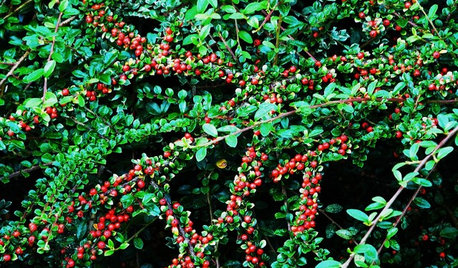
FALL GARDENINGGreat Design Plant: Rock Cotoneaster
Adaptable and highly tolerant, this branching plant makes a terrific ground cover and cutting source
Full Story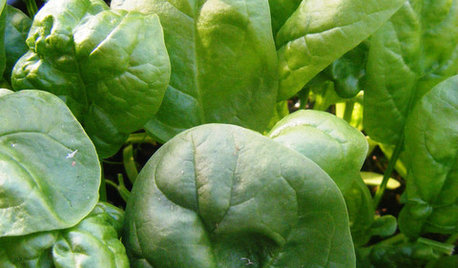
COOL-SEASON CROPSCool-Season Vegetables: How to Grow Spinach
Chock-full of antioxidants and iron, spinach is a nutrient-rich addition to your fall or spring garden
Full Story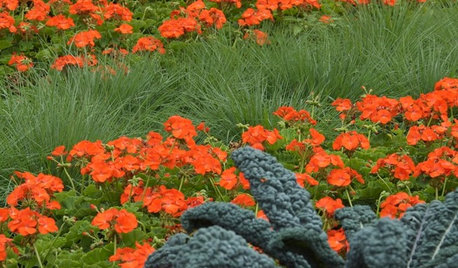
EDIBLE GARDENS7 Edible, Pretty Wonders of the Plant World
It's OK to like them just for their looks, but these flowers, trees and greens have a tasty side too
Full Story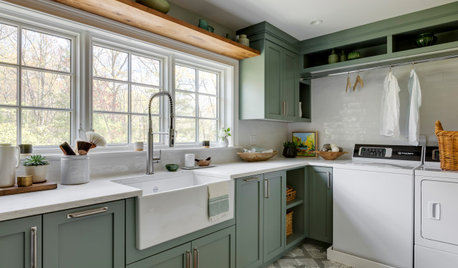
LAUNDRY ROOMSKey Measurements for a Dream Laundry Room
Get the layout dimensions that will help you wash and fold — and maybe do much more — comfortably and efficiently
Full Story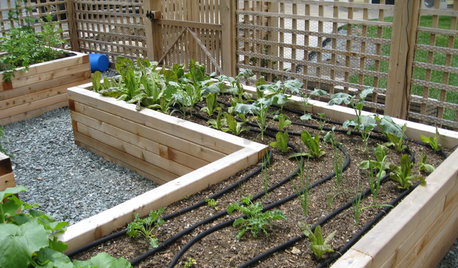
SPRING GARDENINGEnjoy the Peak of Spring Gardening — Here’s What to Do in May
Bid the frost farewell and treasure the blooms. No matter what U.S. region you’re in, one of these guides will help your garden flourish
Full Story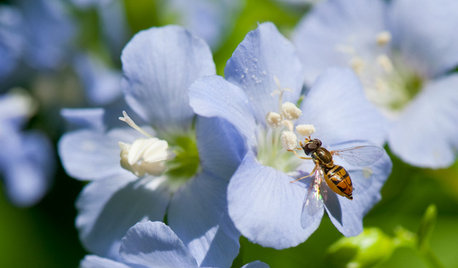
GARDENING GUIDESGreat Design Plant: Polemonium Reptans Paints Woodlands Blue in Spring
Plant Jacob’s ladder in eastern U.S. woodland gardens for its bright blue flowers and delicate foliage
Full Story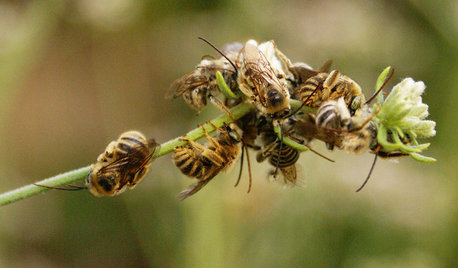
GARDENING GUIDESGreat Design Plant: California Buckwheat Pleases Pollinators
Beneficial insects go wild for this drought-tolerant plant’s summer flowers, while seed heads feed critters foraging in the cold
Full Story
GARDENING GUIDES10 Easy Edibles for First-Time Gardeners
Focus on these beginner-friendly vegetables, herbs, beans and salad greens to start a home farm with little fuss
Full Story
FARM YOUR YARDHow to Grow Vegetables in Containers
Get glorious vegetables and fruits on your patio with a pro’s guidance — including his personal recipe for potting mix
Full Story



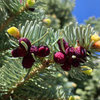
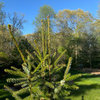
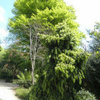
conifers
ken_adrian Adrian MI cold Z5
Related Discussions
Seedling source
Q
Favorite seedling tree sources for mini-forest
Q
Pine seedling sources
Q
Best seed or seedling source?
Q
spruceman
pasadena
wisconsitomOriginal Author
spruceman
wisconsitomOriginal Author
spruceman
wisconsitomOriginal Author
wisconsitomOriginal Author
spruceman
prairiemoon2 z6b MA
spruceman
wisconsitomOriginal Author
conifers
spruceman
wisconsitomOriginal Author
spruceman